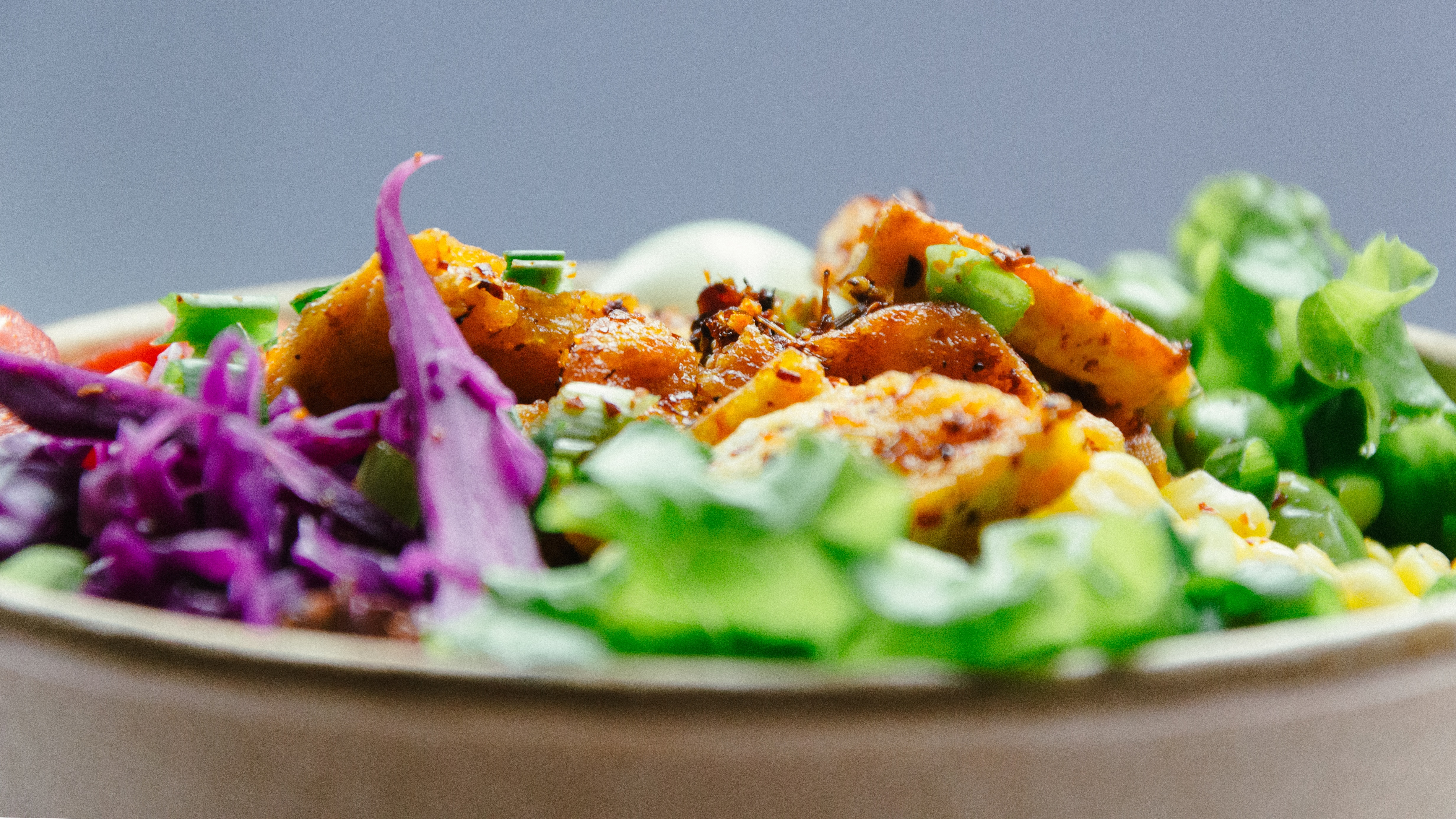Understanding Protein's Role
Protein is a crucial macronutrient, vital for numerous bodily functions. The basic building blocks of protein are amino acids, which our body utilizes to build various proteins that serve specific roles in maintaining our bodily functions. These roles range from structural, such as creating muscle tissue and collagen for skin and connective tissues, to functional, like enzymes that drive metabolic reactions, antibodies that support immune function, and hormones that regulate bodily processes.
Protein for Active Children
Protein is even more critical for children as it supports their growth and development. Active children, particularly those in strenuous sports and physical activities, require higher protein. This heightened requirement arises due to the increased muscle stress and damage during intense workouts and the subsequent need for repair and growth. As per established guidelines, this could range from 1.2 to 2.0 grams of protein per kilogram of body weight per day, depending on the child's age, sex, and activity level.
The Importance of Protein Post-Exercise
Post-exercise, protein assumes an even more significant role. Following a workout, the body recovers, repairing damaged muscle fibers and strengthening them to handle future workouts. This muscle protein synthesis (MPS) is driven primarily by dietary protein availability or, more specifically, amino acids. After a workout, consuming protein-rich foods or supplements supplies the body with these amino acids, driving MPS, aiding in faster recovery, and promoting muscle growth. This aspect makes protein incredibly crucial for young athletes.
Sources of Protein
Protein can be obtained from a variety of dietary sources. Animal-based foods like lean meats, poultry, and fish are excellent protein sources. They provide all essential amino acids – the ones our body can't produce and must obtain from our diet – in ample amounts. Fish like salmon, mackerel, and tuna provide high-quality protein and are rich in omega-3 fatty acids, which are vital for heart and brain health.
Dairy products such as milk, cheese, and yogurt are other excellent protein sources. They provide both whey and casein proteins. Whey is a 'fast-acting' protein, quickly absorbed and ideal for post-workout recovery, while casein is 'slow-acting', providing a sustained release of amino acids, making it beneficial as a nighttime protein source.
Eggs are another protein-rich food, with the added benefit of being a source of choline, a nutrient essential for brain health. The protein in eggs is considered high-quality, with an excellent balance of essential amino acids.
Plant-based protein sources are also vital, especially for vegetarian and vegan children. Legumes, including beans, lentils, and peas, are high in protein and fiber. Nuts and seeds provide protein, heart-healthy fats, fiber, and various vitamins and minerals.
In conclusion, protein is vital in supporting children's growth, recovery, and athletic performance. Balancing protein intake, from diverse dietary sources, according to individual needs is essential for active children to support their nutritional needs, physical health, and overall performance.
Here are two recipes, one containing animal products and one vegan, designed to provide roughly 2g of protein per kilogram of body weight for a child weighing around 30kg (66lbs). Please note these recipes are just examples, and actual macronutrient contents may vary based on specific ingredients.
Chicken & Vegetable Stir-Fry (Animal Product Recipe)
Ingredients:
100g chicken breast
2 cups mixed vegetables (e.g., bell peppers, broccoli, carrots)
1/2 cup cooked brown rice
1 tablespoon olive oil
1 tablespoon soy sauce
Spices: Garlic, ginger, black pepper
Instructions:
Cut the chicken into small pieces. Heat the olive oil in a pan and cook the chicken until it's no longer pink in the middle.
Add the mixed vegetables, soy sauce, and spices to the pan. Stir-fry until the vegetables are tender.
Serve the stir-fry over the cooked brown rice.
Chickpea & Quinoa Salad (Vegan Recipe)
Ingredients:
1 cup cooked quinoa
1 cup chickpeas, cooked or canned
1/2 avocado, diced
1 cup mixed vegetables (e.g., cucumber, tomatoes, spinach)
2 tablespoons olive oil
Lemon juice, to taste
Spices: Garlic powder, black pepper
Instructions:
Rinse the chickpeas if using canned. Mix chickpeas, quinoa, diced avocado, and mixed vegetables in a large bowl.
Whisk together the olive oil, lemon juice, and spices separately to make a dressing.
Pour the dressing over the salad ingredients and toss to combine.
Remember, the specific amount of protein will depend on the exact portion sizes and the specific types of ingredients used. These meal examples aim to be high in protein while also providing a balance of other macronutrients and staying within a limit of 800 kcal.
Individual needs vary, so please consult a registered dietitian, Nutritionist, or healthcare provider for personalised advice.
